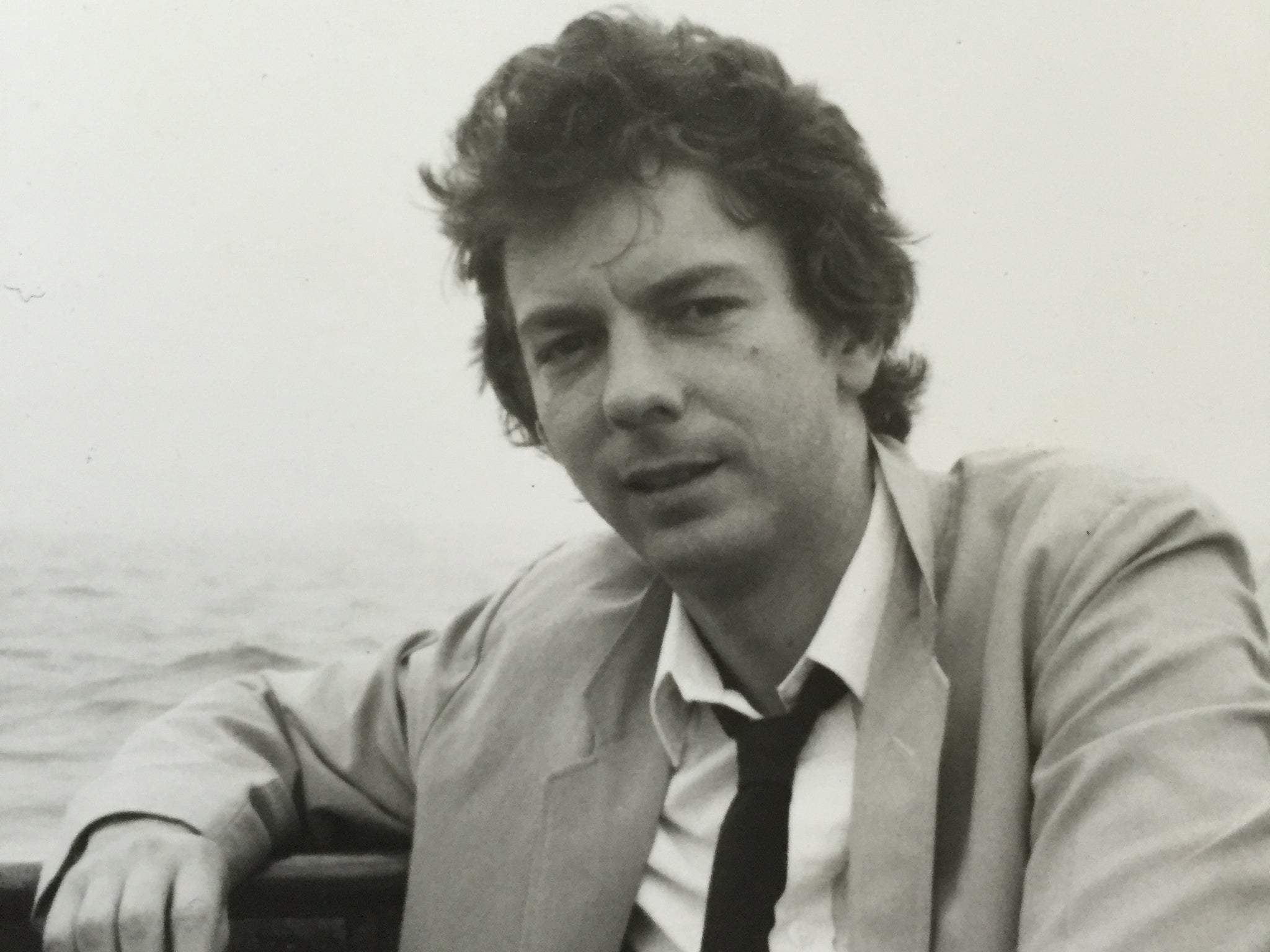George Foster: Artist acclaimed for his assemblages, merging sculpture and painting in lyrical and poetic symbiosis
He was part of a group in the 1970s which helped build the foundations of modern British art

George Foster was an artist and teacher who built assemblages, merging sculpture with painting, accumulating found and made objects, loading layer upon layer of signs and symbols to create works filled with lyricism and poetry.
He was born in Liverpool, the eldest of five children. His Irish mother was a priest’s housekeeper, his father an antiques dealer. With a deep thirst for knowledge and a gift for retaining it, he constantly wrote stories and poems while attending St Mary’s College, a Christian Brothers grammar school. In the late 1960 he attended Southport College of Art, where he met the comedian and writer Alexei Sayle, with whom he became good friends.
It was not until he got on to the sculpture course at Wimbledon School of Art (1970-73) that he realised the potential for combining his love for poetry with making things. There, he met Martin Naylor, who was teaching there, and the two built an important and close friendship often influencing each other’s work.
The artist Peter Startup invited Foster to spend a summer stone-carving in Cornwall, but he lasted only two days, instead deciding to build a hut near Worth Matravers in Dorset. It lasted several years, used by local fisherman to store their equipment and becoming a landmark that inspired others to build their own.
He built a second hut in the dunes of Climping in West Sussex, inviting a group of artists to come and destroy it. Tony Cragg, Roger Ackling and Jim Rogers were among those who showed up with a large stake that was used as a battering ram to charge repeatedly into the structure – a strange, comic ritual of collective destruction.
Foster worked as an assistant to Ivor Abrahams (Independent obituary, 2 February 2015) between 1973 and 1976 and moved into his first studio at Phipp Street, near Old Street in London. With an Arts Council grant he put on a show that received positive reviews from Richard Cork, who wrote of “Interior”; “A fascinating construction in which rods and pasted bits of paper, painted forms and real objects, are linked to form a meditation on the varying ways of using perspective and pictorial space to create a convincing analogue for reality.”
Armed with a single work, which was all he could fit into the taxi, he was accepted for the painting course at the Royal College of Art (1976-79). He began making drawings, layering text over colour, taking lyrics from songs and assembling wall-based sculptures. In 1979 he did a year’s residency in Berlin, then was commissioned to make a painting for Brunel University, as well as a giant flag for the city of Rottweil, and he was invited to Warsaw, where he had his first solo exhibition, “Flight of Birds, Flock of Thoughts”.
Returning to London from Berlin, he took over the basement room in a Queens Gate squat and embarked on a series of box sculptures that drew on ideas of performance: the circus, Mardi Gras, carnivale, dancers, rainbows, Chinese conjuring tricks. The artist Norman Stevens, who was dear to Foster, selected one of these works for an exhibition at the Angela Flowers Gallery.
Foster was an integral part of a tour-de-force group of artists in the late 1970s, characters such as Stevens, Naylor, Michael Kenny and Brian McCann. The group would gather in the Queens Elm pub on the Fulham Road, a cultural hub for a generation of artists who played crucial roles in building the foundations of modern British art. Tony Cragg cites his conversations with Foster as being particularly important in helping him formulate his ideas.
In the early 1980 Foster set up City Artists on East Road near Old Street, a community supported by Hackney Council that provided studios for eight artists and a large exhibition space. Between 1985-1987 he put on over 80 shows which featured some of the most exciting emerging artists. City Artists evolved into Sculpture House, a charity that provided studios and exhibition space for a diverse group of artists in Kingston which Foster managed between 2001 and 2011.
In the mid-1980s he also worked as a tour guide on coach trips around rural England and Ireland. He would take tourists to places off the planned route, pretending to forget the way, inventing funny stories and myths of ancient England. When the tourist season was over, he would teach at colleges around the country (Hornsey, Goldsmiths, Belfast, Cheltenham, Sunderland, Wolverhampton and Chelsea) and was given his own media department at Kingston Polytechnic, where he taught until 1997.
In 2011, Foster moved to Ventnor on the Isle of Wight, where he continued to write, working a project begun 30 years earlier, “The History of Tears”, a series of absurd tales inspired by Borges. The rest of his time was dedicated to cooking for his family and working on his garden. His provocative and enquiring intellect stimulated many of his peers and will go on to inspire a new generation through a residency programme for recent RCA graduates. For information and donations, contact: George.foster.donations@rca.ac.uk
MARCUS FOSTER
George Stephen Foster, artist and teacher: born Liverpool 10 March 1951; married 1985 Dr Jacqueline Filshie (marriage dissolved; two sons); died 12 September 2015.
Subscribe to Independent Premium to bookmark this article
Want to bookmark your favourite articles and stories to read or reference later? Start your Independent Premium subscription today.

Join our commenting forum
Join thought-provoking conversations, follow other Independent readers and see their replies